
Drawing: essence, types, techniques, and a brief history
Drawing is the oldest form of visual art, a subtype of graphics, and the structural foundation of any image. For many years, it remained essentially a supplementary tool in the work of artists, sculptors, or architects. Most creative individuals usually discarded numerous sketches and sketches after completing their work on another piece. Only in the early 20th century was drawing recognized as a fully autonomous form of painting.
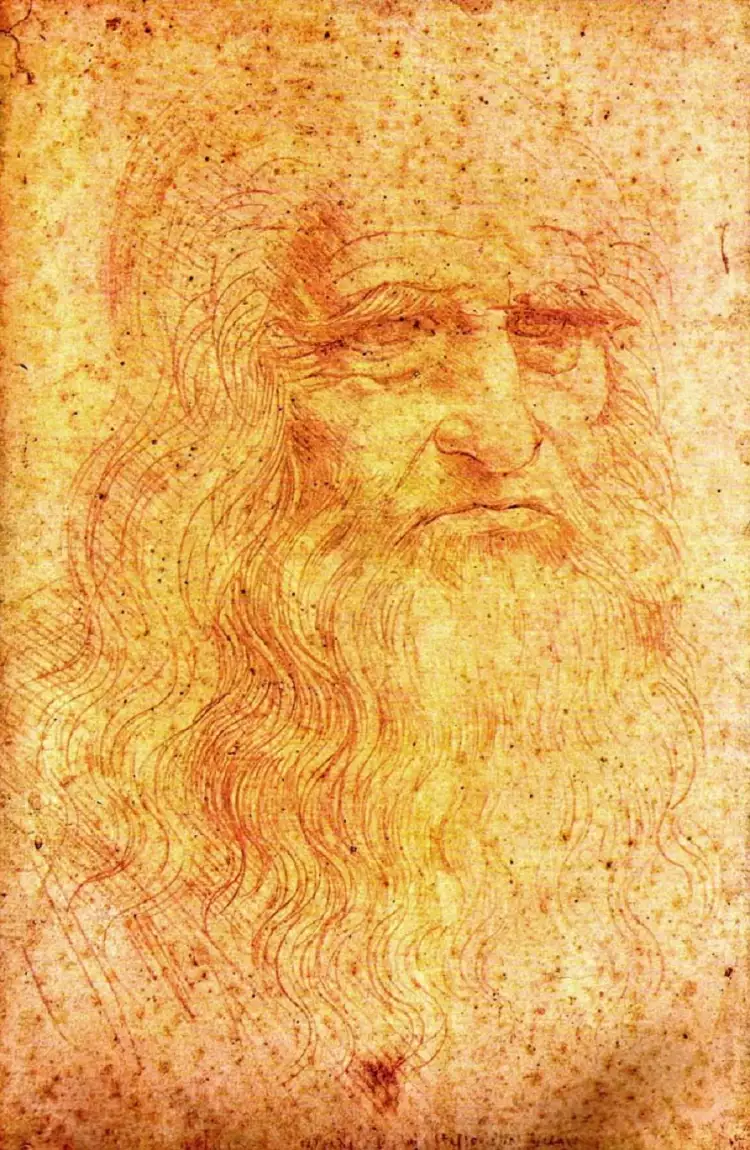 Drawing. Leonardo da Vinci. Portrait of a Man in Red Chalk, 1512
Drawing. Leonardo da Vinci. Portrait of a Man in Red Chalk, 1512
For a master, drawing serves as a convenient means of understanding reality and reflecting it in their artistic work. During the process of drawing from life or from memory, a painter carefully analyzes the forms of the objects being depicted and determines their ideal placement within the composition.
Drawing helps a person capture individual moments of creative exploration on paper. Over an extended period of work on a painting, the initial ideas and the artist's mood often undergo significant changes. Reviewing numerous sketches and drawings, the artist immerses themselves once again in the inner world of their emotions and memories.
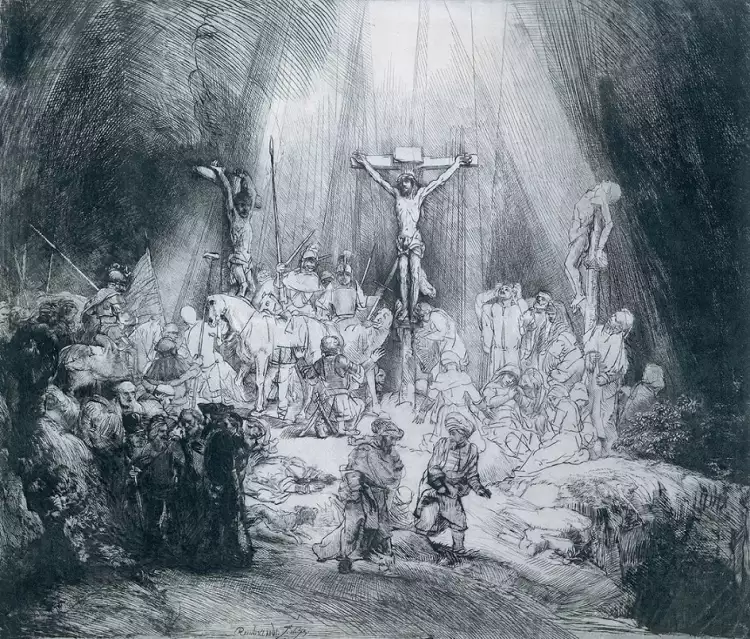 Drawing. Rembrandt Harmenszoon van Rijn. The Three Crosses, 1653
Drawing. Rembrandt Harmenszoon van Rijn. The Three Crosses, 1653
Types of drawings and their distinctive features
In art, drawing represents the depiction of objects using various graphic means: dots, lines, strokes, and spots. There is an enormous variety of drawing types that differ based on various criteria:
- Technique of execution. Drawings can be original or printed. Original images are created on paper as a unique piece of art. Printed versions (prints) are obtained by making impressions from originals onto wood (engraving) or metal, stone (lithography).
- Purpose. Drawings are divided into creative and academic (educational). In creative works, the artist reflects their inner world, and they often become full-fledged masterpieces. Academic drawing is used by future artists to hone their execution techniques. They may copy original works by famous artists or draw live and inanimate objects from life. The complexity of tasks gradually increases as part of the educational process, and an experienced teacher ensures complete quality control.
- Genre and theme. There is a vast thematic and genre diversity in drawings, ranging from traditional still lifes, portraits, and landscapes to depictions of historical, heroic, religious, mythological, fantastical, everyday, fantasy, and other themes.
- Character and drawing methods. In the process of working on a painting, the artist combines two main drawing methods: from life and from memory. These methods harmoniously intertwine, as the master strives to not only faithfully convey what they see but also incorporate personal impressions. Consequently, the same object, drawn by different people, can look entirely different on two paintings.
- Use of expressive means. The primary expressive means for artists in drawing are lines, tones, light and shadow, and proportions. Depending on their combination, different variants are created, ranging from extremely simplified (emphasizing the structure of objects) to those that are most faithful in terms of art.
- Base material and tools used. In ancient times, people drew on various available materials, such as papyrus, wax tablets, parchment, and birch bark. Today, paper, cardboard, or canvas are most commonly used for this purpose. Drawing tools include pencils, charcoal, ink, sanguine, sepia, pastels, or watercolor paint.
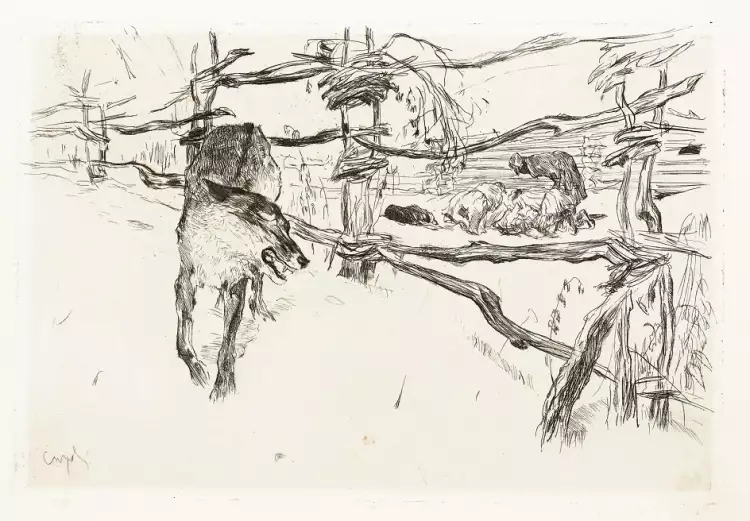 Drawing. Valentin Serov. The wolf and the shepherds, 1898
Drawing. Valentin Serov. The wolf and the shepherds, 1898
Depending on the level of detail in the artistic composition and the complexity of execution, several main types are distinguished:
- Draft. Intended for capturing individual ideas or author's observations on paper.
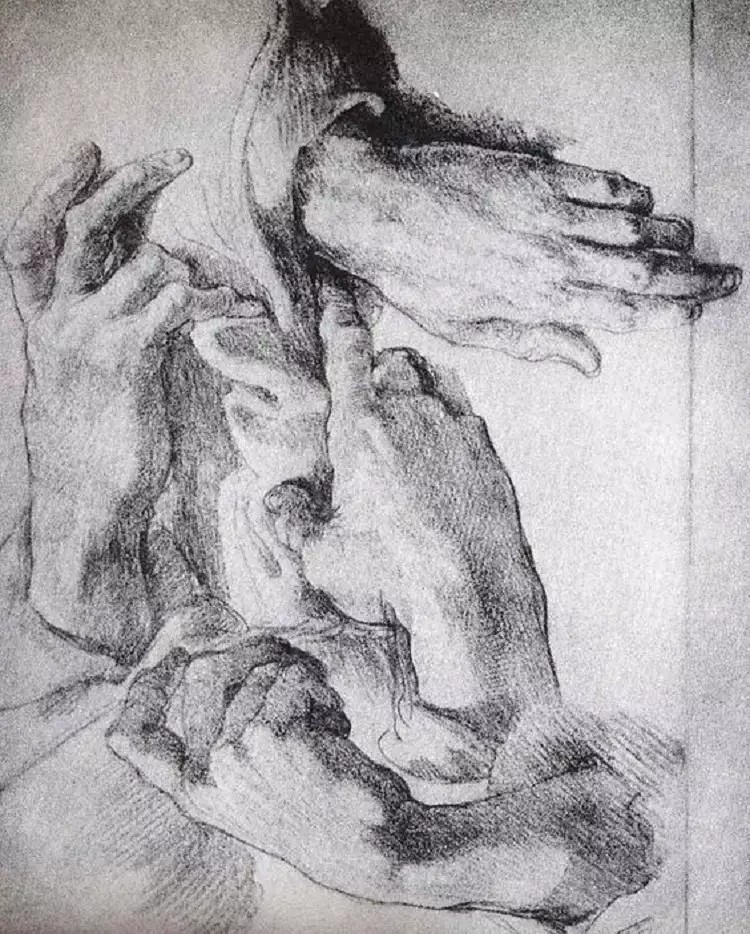 Drawing. Michelangelo's sketches
Drawing. Michelangelo's sketches
- Life sketch. Used to depict the most characteristic (essential) features of nature for further detailed development.
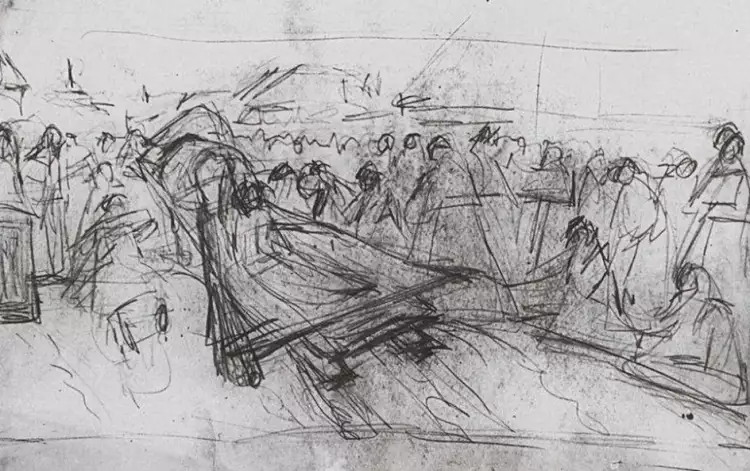 Drawing. Vasily Surikov. Sketch from life to Boyaryna Morozova, 1884-1885
Drawing. Vasily Surikov. Sketch from life to Boyaryna Morozova, 1884-1885
- Thumbnail sketch. Records the concept of a particular part or the entire artwork. It is executed in a free manner and contains important details of the future canvas, such as composition, color balance, and spatial plans.
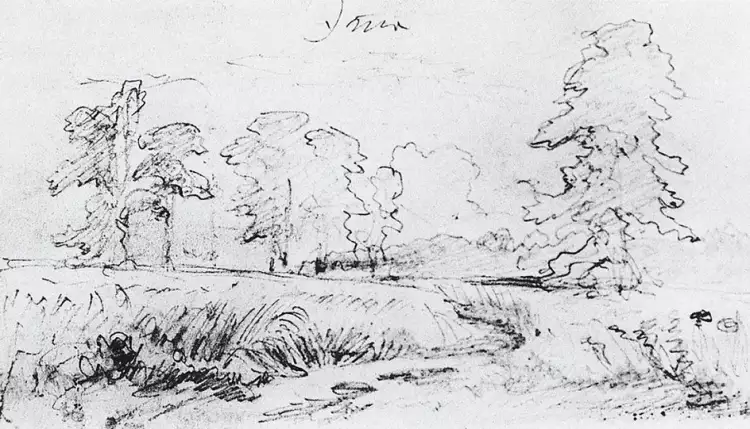 Drawing. Ivan Shishkin. Sketch for Rye, 1878
Drawing. Ivan Shishkin. Sketch for Rye, 1878
- Etude. Represents a small, but complete in form, piece of art.
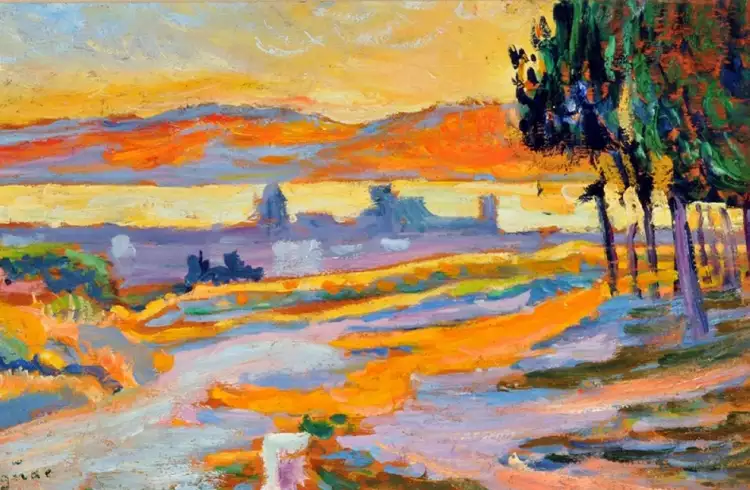 Drawing. Paul Signac. Etude. Sunset over the city, 1892
Drawing. Paul Signac. Etude. Sunset over the city, 1892
The History of Drawing
The history of drawing dates back to the earliest origins of human civilization. For many millennia before the advent of writing, our ancestors depicted scenes from hunting, figures of humans and animals on cave walls to convey important information to one another. Ancient cave paintings hold immense historical value but are of little interest to art historians and artists.
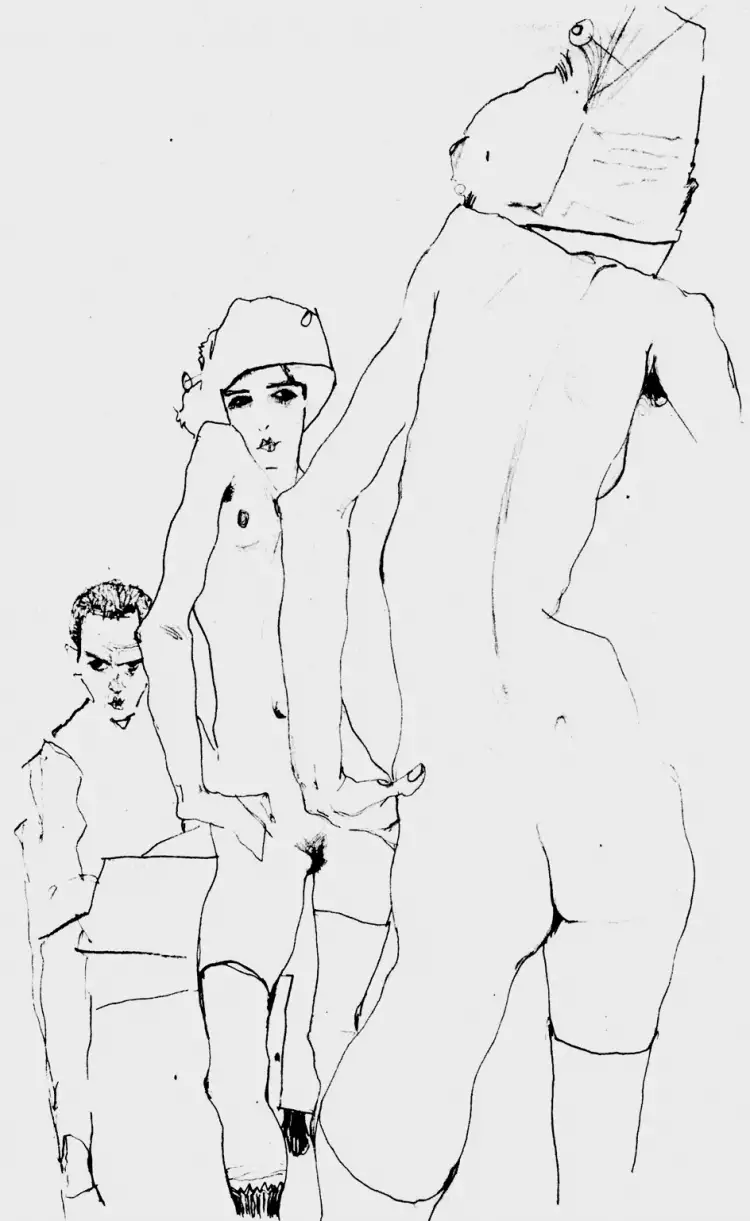 Drawing. Egon Schiele. Schiele painting nudes in front of a mirror, 1910
Drawing. Egon Schiele. Schiele painting nudes in front of a mirror, 1910
Up until the 14th century, there was no fundamental distinction between drawing and painting. Artists did not use shading and hatching techniques. Egyptian pyramids and ancient Greek vases predominantly featured schematic representations of objects and people.
With the onset of the Renaissance, there was a rapid development and establishment of drawing. This period laid the foundation for the theory and practice of European art. Outstanding masters of the time, such as Raphael Santi and Michelangelo Buonarroti, used drawing in studio painting of various genres. Remarkable graphic works by Leonardo da Vinci, Paolo Veronese, and Titian Vecellio came to light. Albrecht Dürer elevated woodcutting to the level of true art.
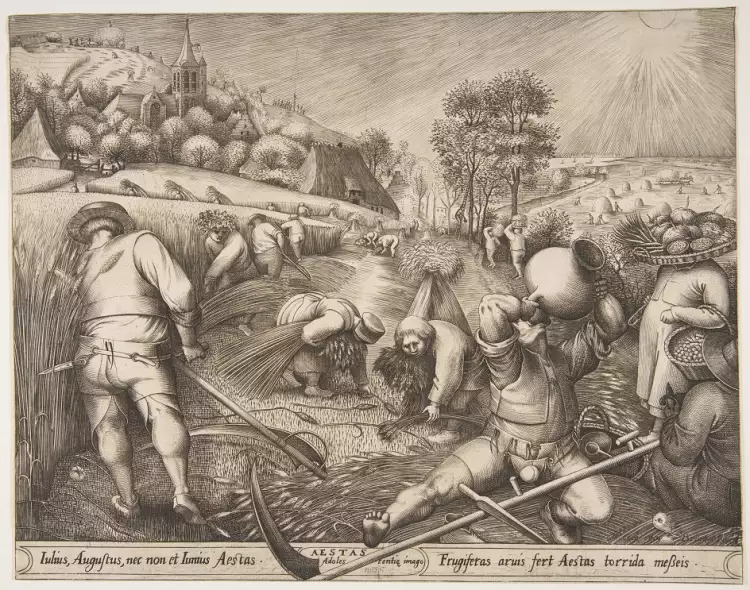 Drawing. Pieter Bruegel the Elder. Summer, 1568
Drawing. Pieter Bruegel the Elder. Summer, 1568
In the late 16th century, the concept of academic drawing first emerged, giving rise to a structured classical system for training artists. During this period, it became common for aspiring artists to copy the works of recognized masters.
In the 17th century, the works of Rembrandt, Rubens, and other masters gave birth to realistic drawing. The Baroque era introduced dynamism and grandeur to drawing, while the Rococo period added refinement and detailed narratives.
At the turn of the 18th and 19th centuries, romanticism dominated art. Images gained expressive intensity, and heroic subjects became highly popular.
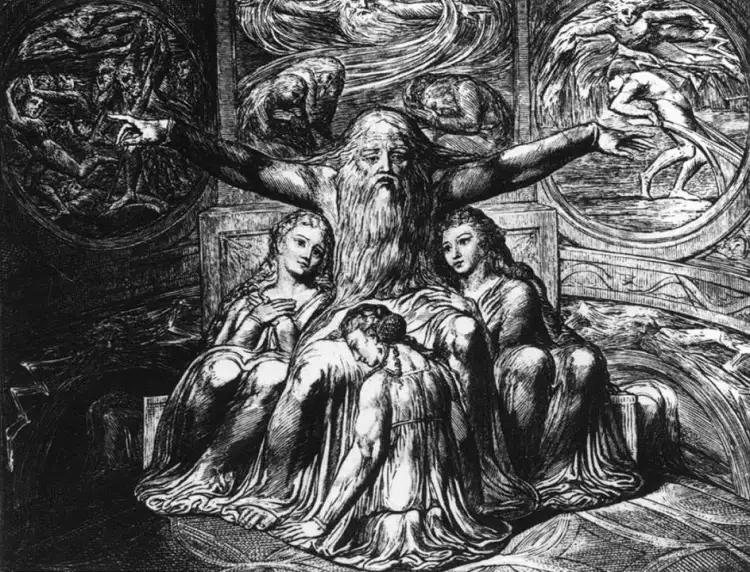 Drawing. William Blake. Job and his daughters, 1799-1800
Drawing. William Blake. Job and his daughters, 1799-1800
At the end of the 19th century, a new phenomenon emerged in mass culture – illustrations for printed publications. A vast number of images from posters, newspaper pages, and magazines inundated the public.
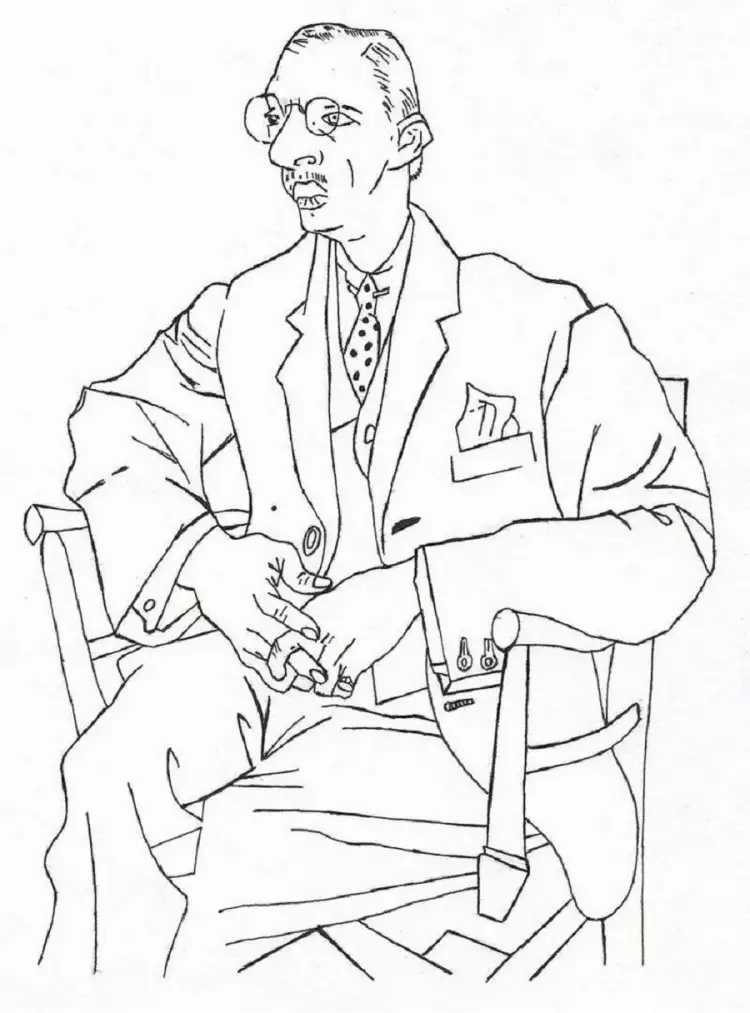 Drawing. Pablo Picasso. Portrait of Igor Stravinsky, 1920
Drawing. Pablo Picasso. Portrait of Igor Stravinsky, 1920
The 20th century also made its contribution to the development of drawing. New forms emerged:
- Satirical.
- Illustrative.
- Propagandistic.
- War-themed.
- Technical.
- Design.
The Most Famous Drawings
Among the famous works of genius artists, drawings do not occupy the top positions in popularity. They still give way to more striking and colorful paintings by well-known masters. However, let us pay tribute to this form of art and remember a few significant works.
"The Vitruvian Man" by Leonardo da Vinci. The image of a naked man in two proportions by the great master has served as a model of the internal symmetry of the human body and even the universe for over 500 years.
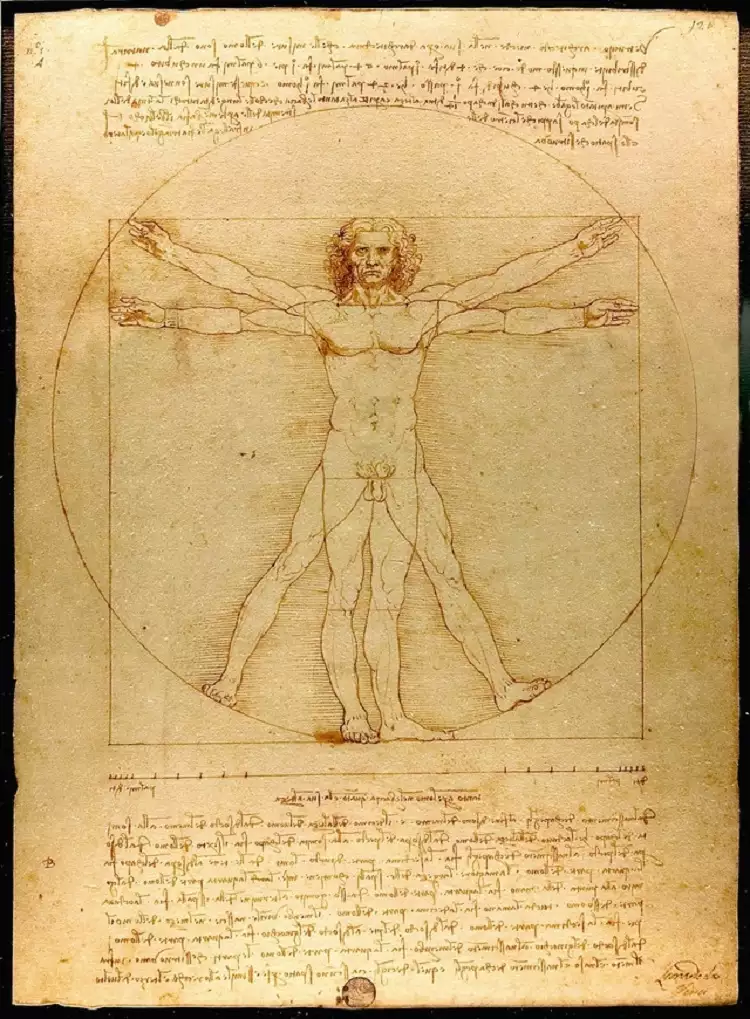 Drawing. Leonardo da Vinci. The Vitruvian Man, 1490
Drawing. Leonardo da Vinci. The Vitruvian Man, 1490
"Lucretia" by Raphael. This work has come down to us, not least because of the desire of lesser-known contemporaries to copy the master's masterpieces. Based on this sketch, Marcantonio Raimondi created his famous engraving.
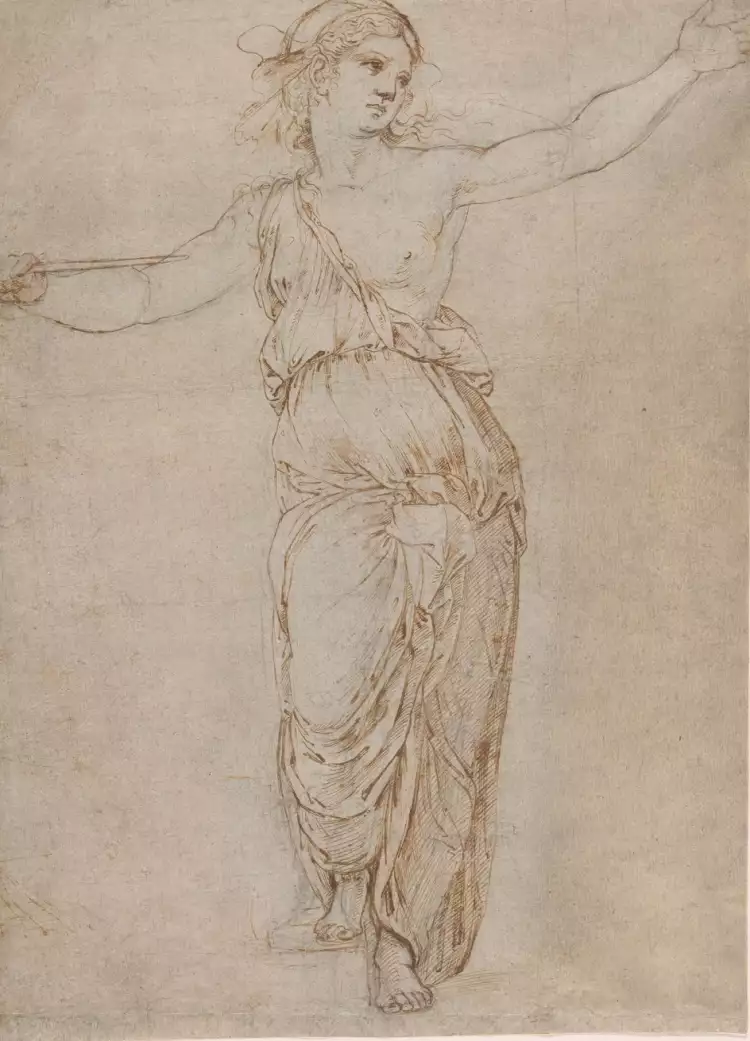 Drawing. Raphael. Lucrezia, 1511
Drawing. Raphael. Lucrezia, 1511
"Melancholia" by Albrecht Dürer. The mysterious print by the great German artist is small in size - only 23.9 × 18.8 cm. The meticulously detailed engraving contains many overt and hidden symbols. An interesting fact is that the painter had a melancholic temperament, like many brilliant creative personalities of all times.
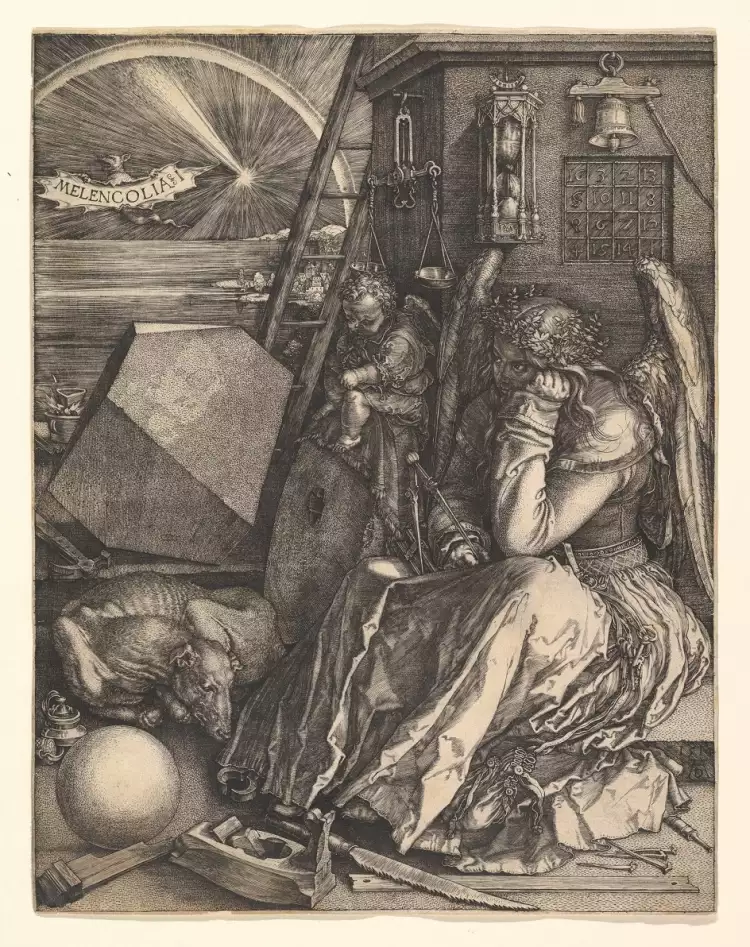 Drawing. Albrecht Dürer. Melencolia I, 1514
Drawing. Albrecht Dürer. Melencolia I, 1514
"The Sleep of Reason Produces Monsters" by Francisco José de Goya. An etching by one of the brightest representatives of the Romantic style is based on a simple Spanish proverb. But the great Goya managed to create a brilliant work from an everyday thing.
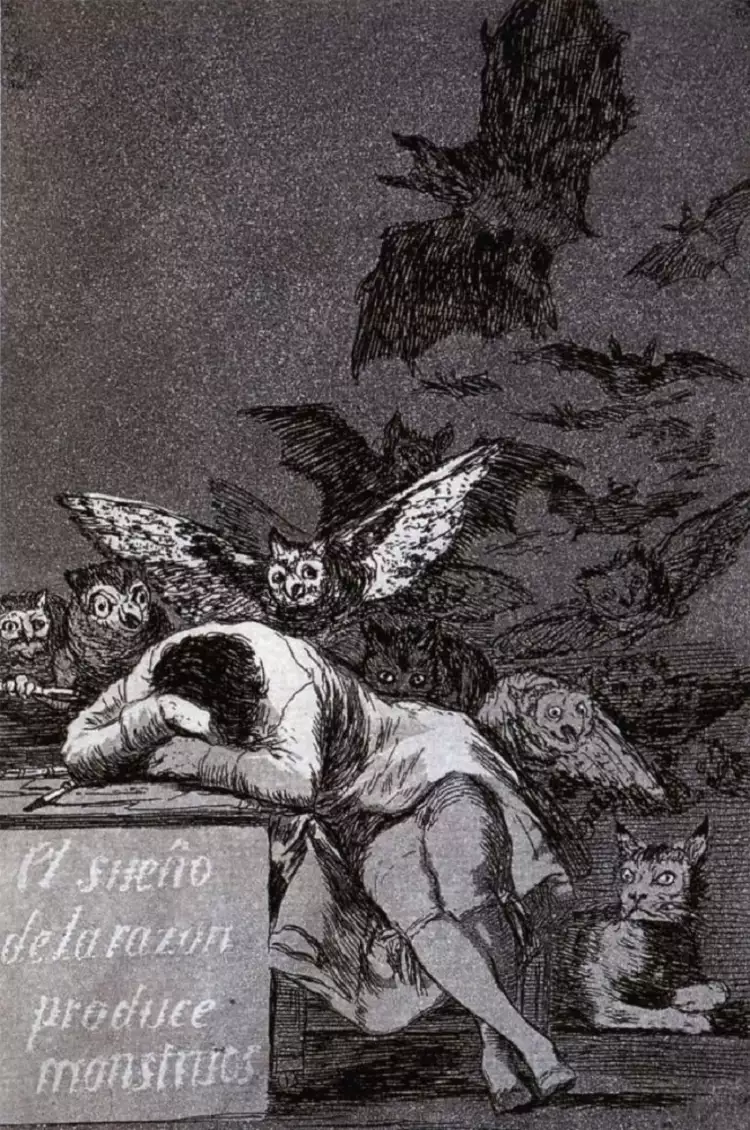 Drawing. Francisco Goya. The Sleep of Reason Produces Monsters, 1799
Drawing. Francisco Goya. The Sleep of Reason Produces Monsters, 1799
The significance of drawing in art is hard to overestimate. With it, artists seek new and interesting ideas and compositions for their works. Many works by ancient and contemporary masters can be purchased on the Very Important Lot website. Visitors to our portal also have the opportunity to participate in online auctions.
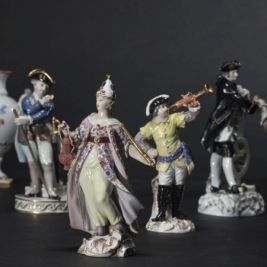 Online auction at HERMANN HISTORICA 8-13 July 2024: Kunst, Antiquitäten & Antiken
Online auction at HERMANN HISTORICA 8-13 July 2024: Kunst, Antiquitäten & Antiken  German Porcelain: History of Creation and Development
German Porcelain: History of Creation and Development 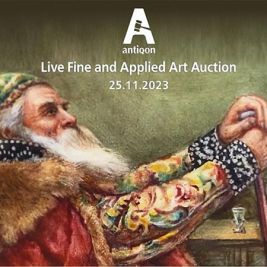 Live Fine and Applied Аrt Auction No.8 of the Antiqon trading platform
Live Fine and Applied Аrt Auction No.8 of the Antiqon trading platform 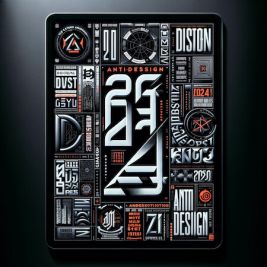 Embracing Anti-Design - The Bold New Wave in 2024
Embracing Anti-Design - The Bold New Wave in 2024  Anatoly Zverev — an unrecognized genius of the Soviet era
Anatoly Zverev — an unrecognized genius of the Soviet era  The Renaissance of Historic Tapestries
The Renaissance of Historic Tapestries 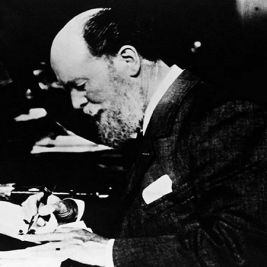 Carl Fabergé - a Russian jeweler known throughout the world
Carl Fabergé - a Russian jeweler known throughout the world 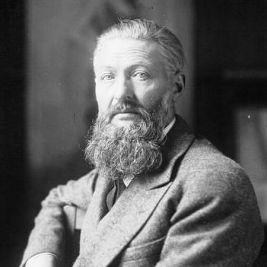 Kees van Dongen is a unique master of portrait painting who captivated Parisian high society with the alluring images of his heroines
Kees van Dongen is a unique master of portrait painting who captivated Parisian high society with the alluring images of his heroines 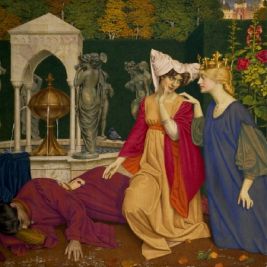 Tempera is a painting technique with a history spanning thousands of years
Tempera is a painting technique with a history spanning thousands of years 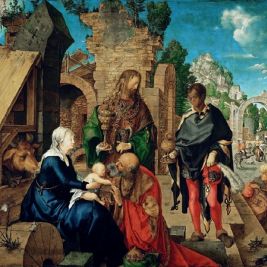 Art: its essence, types, genres, and history
Art: its essence, types, genres, and history